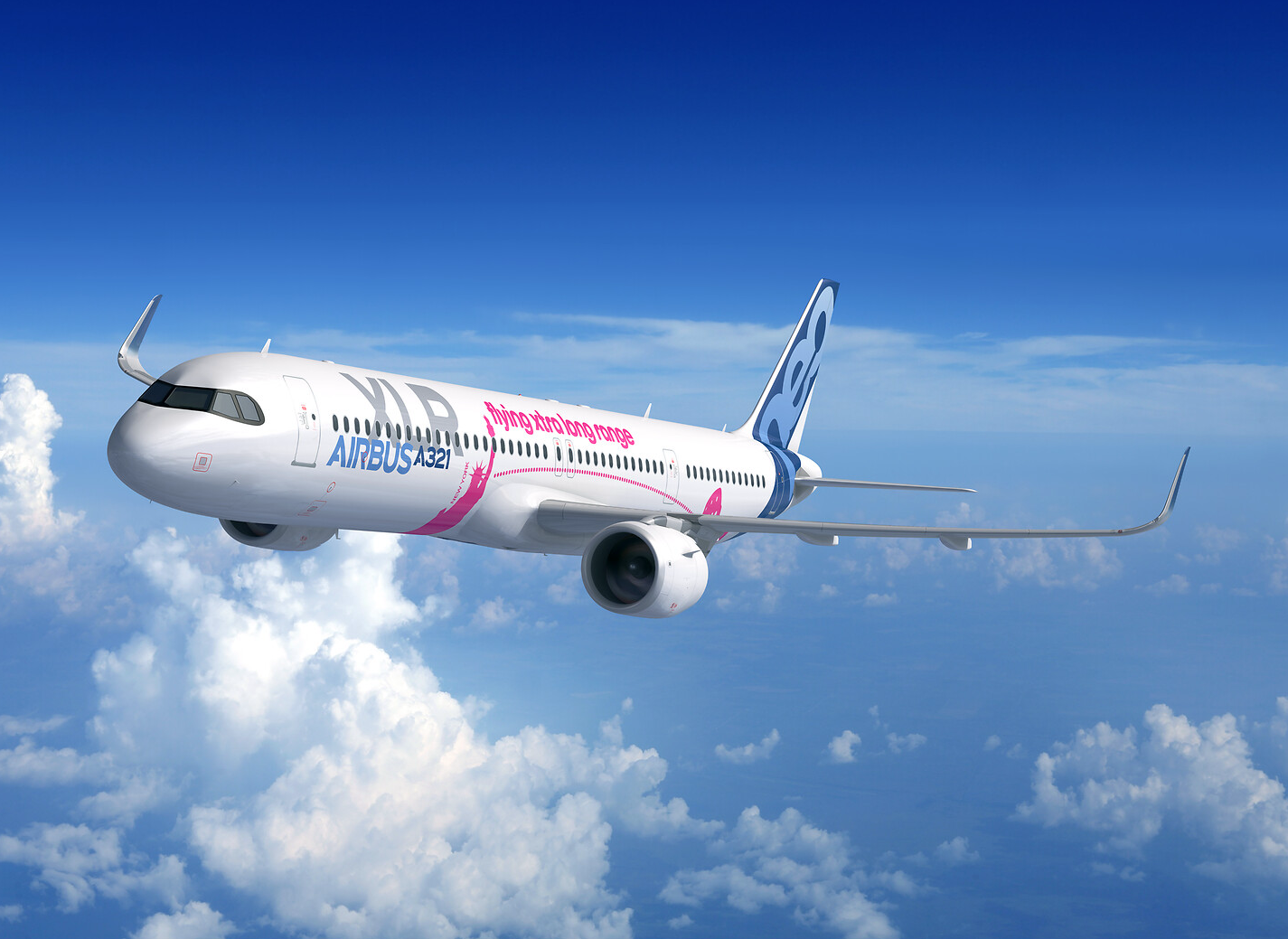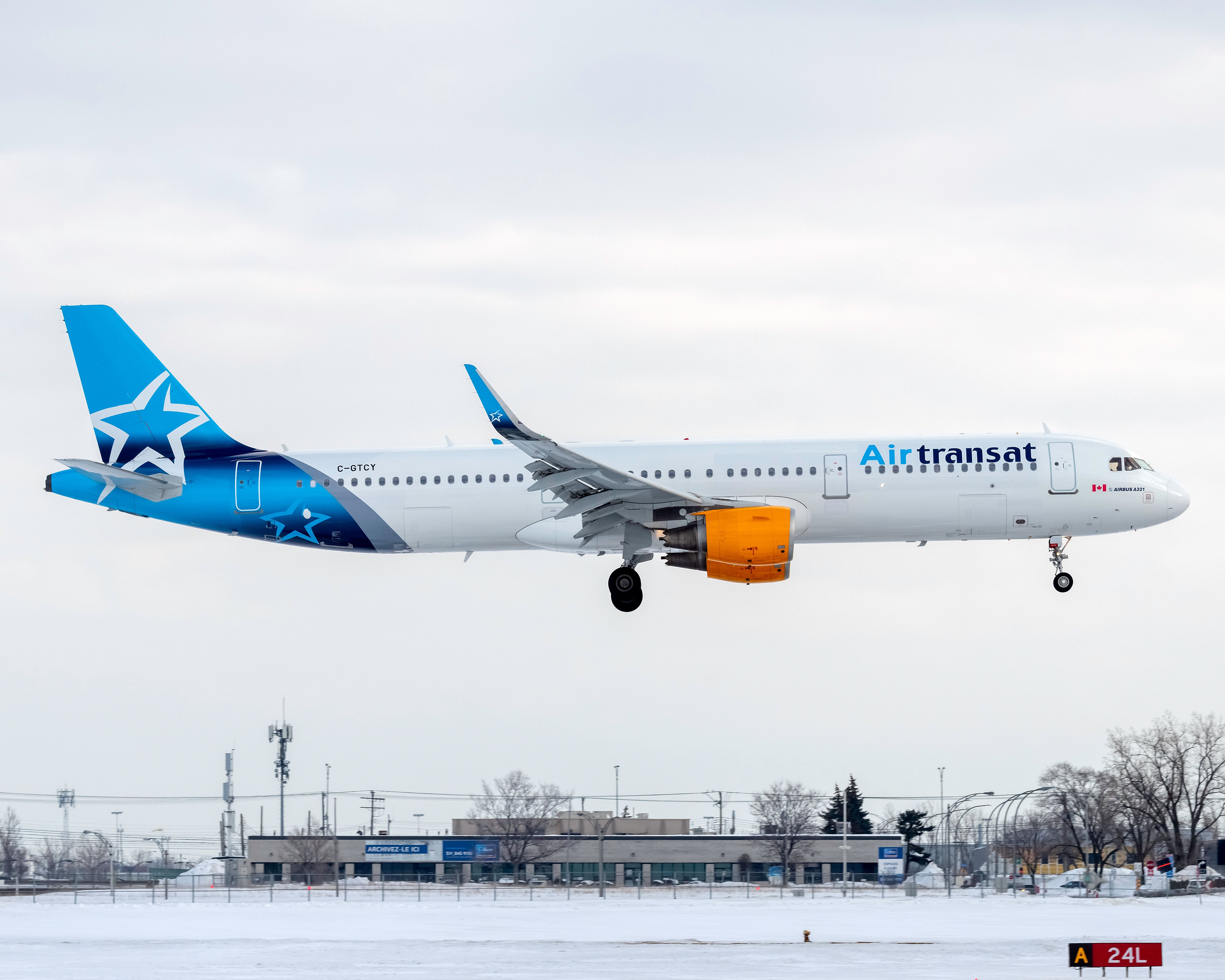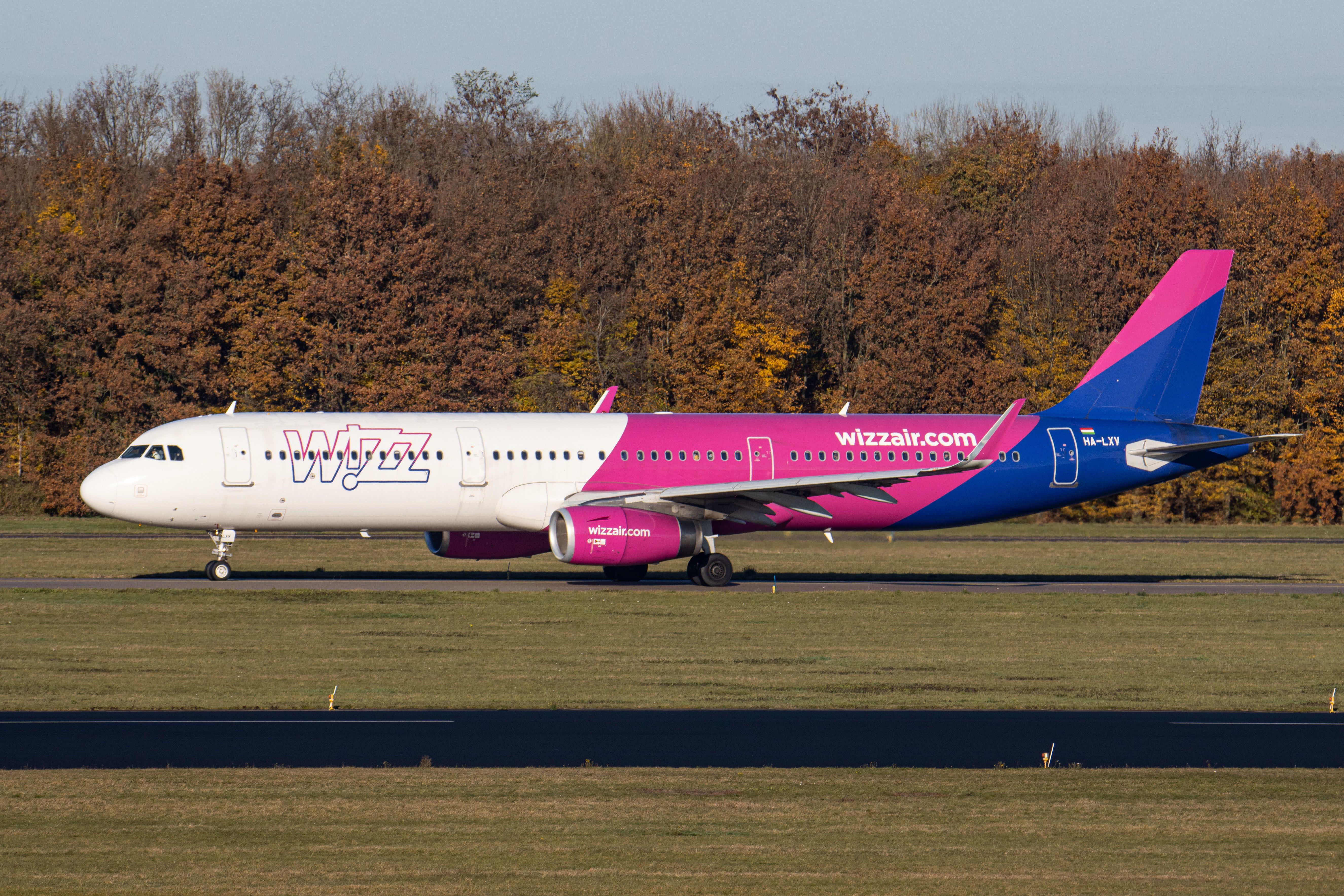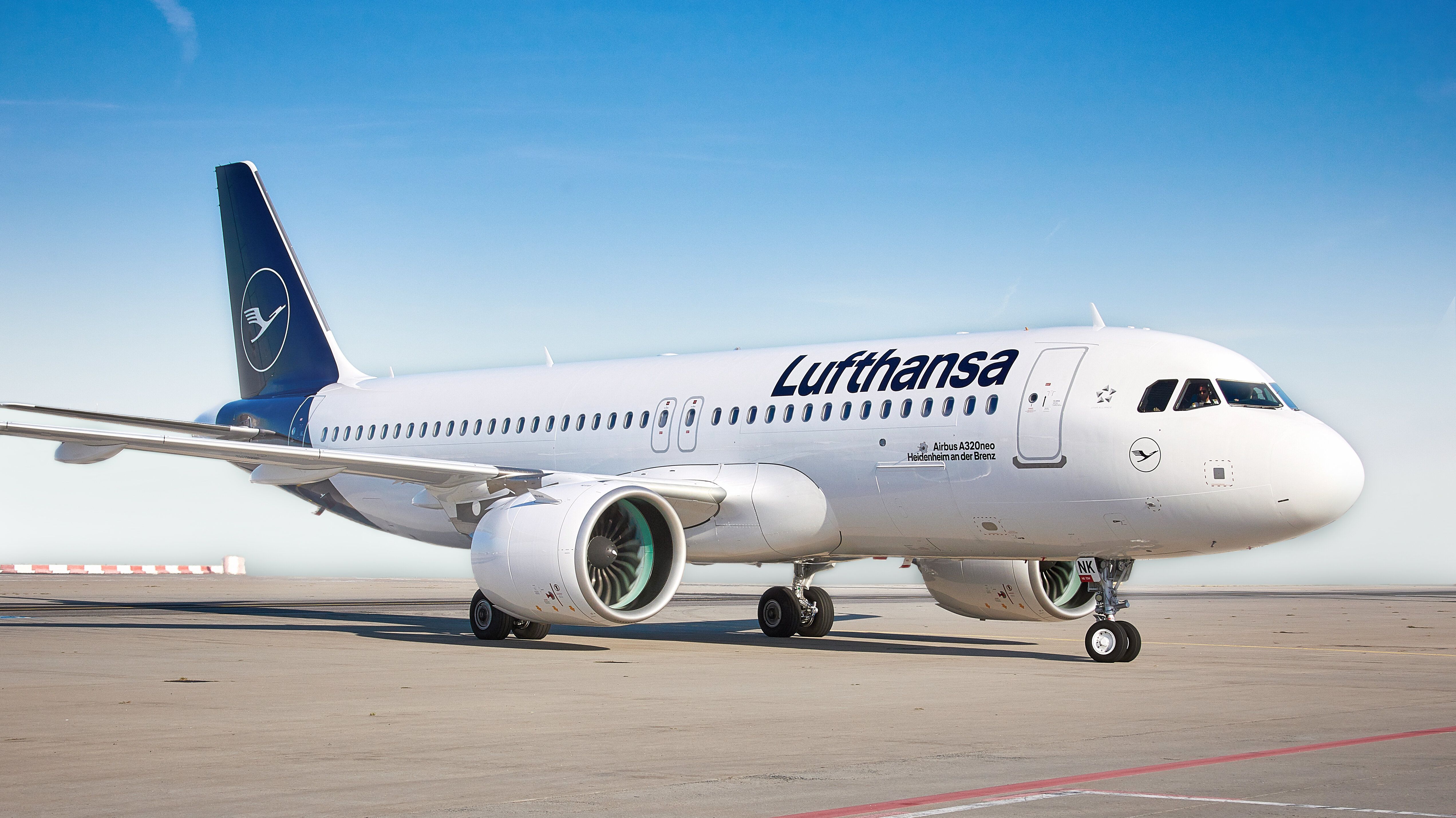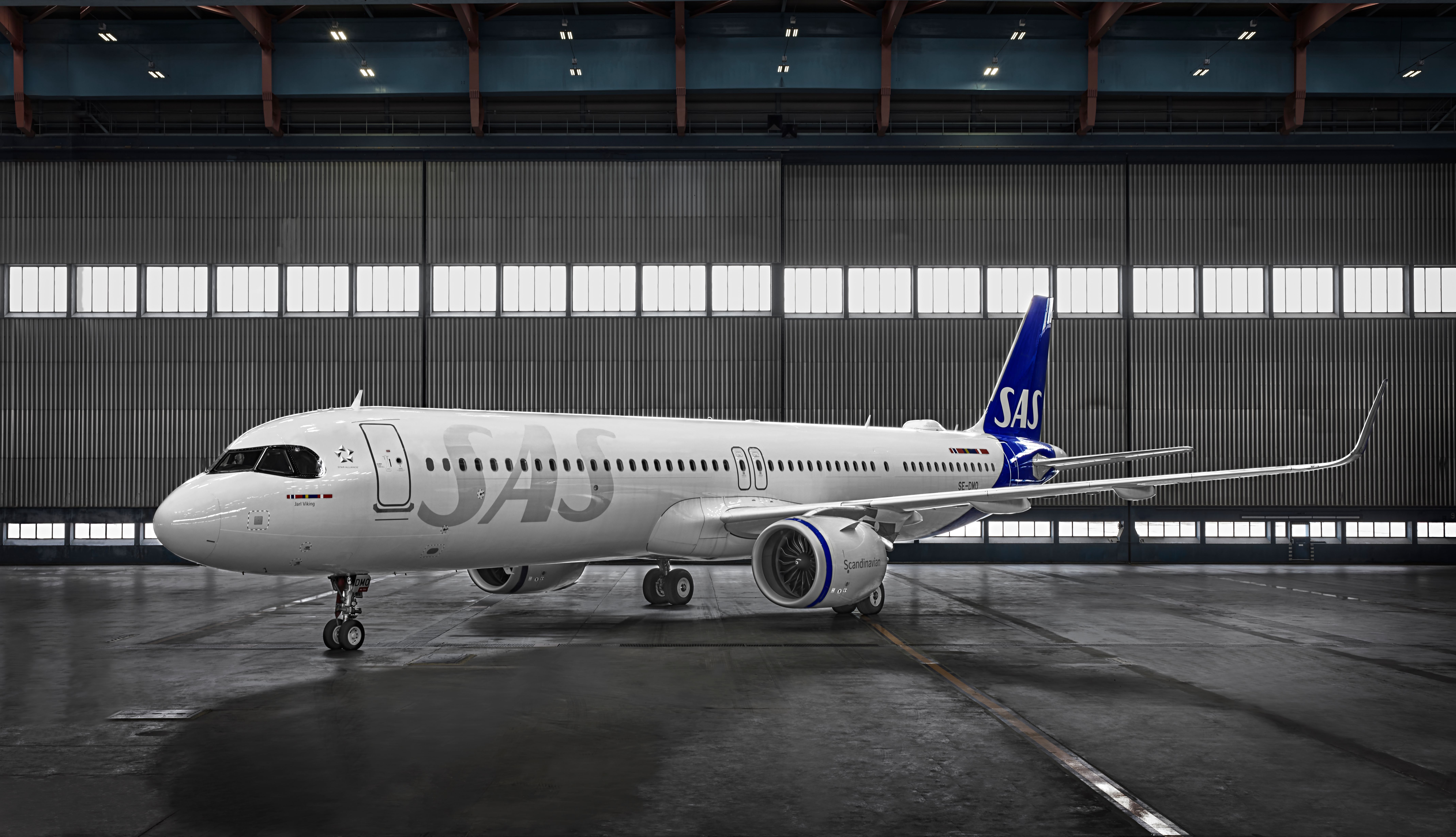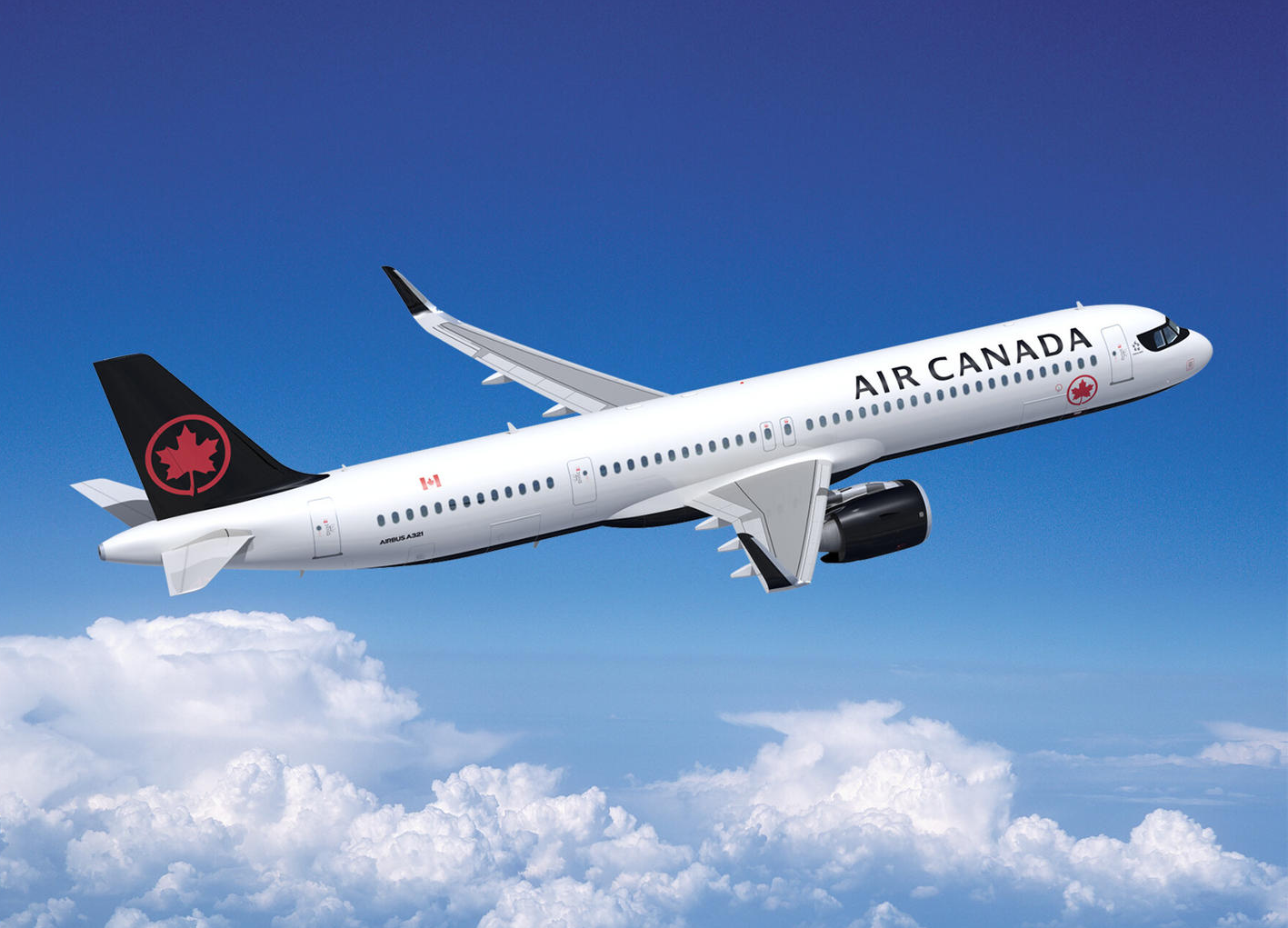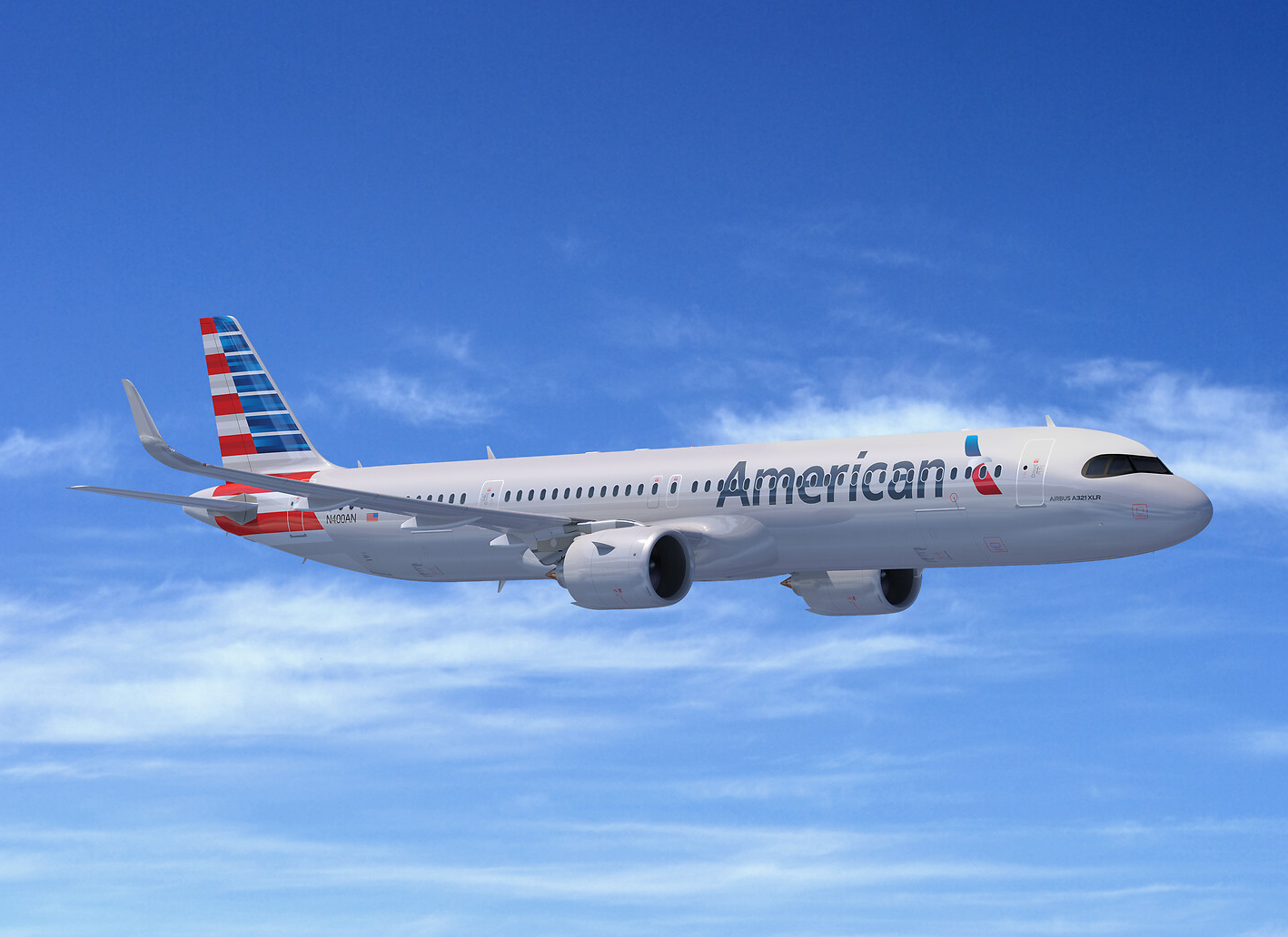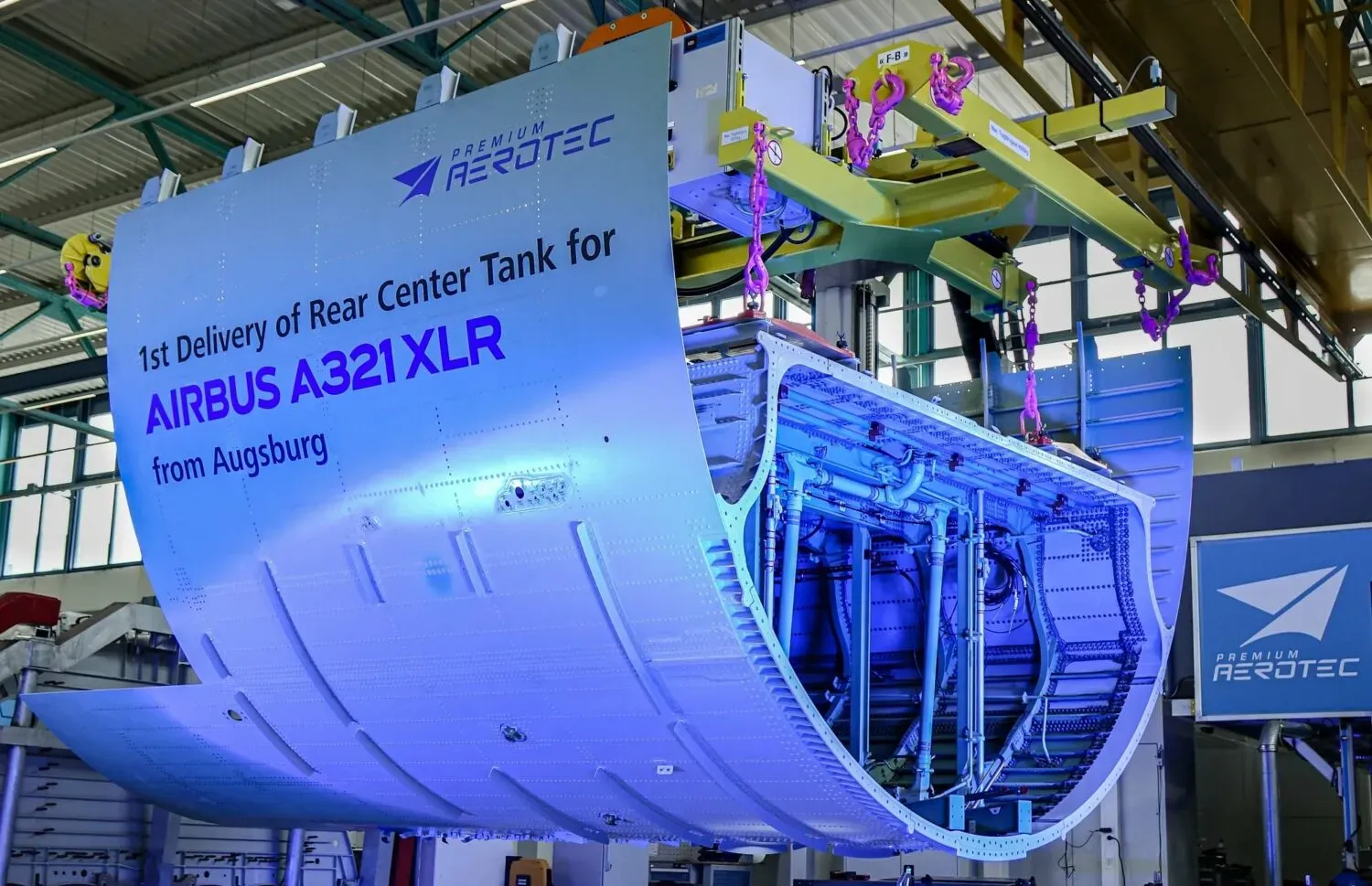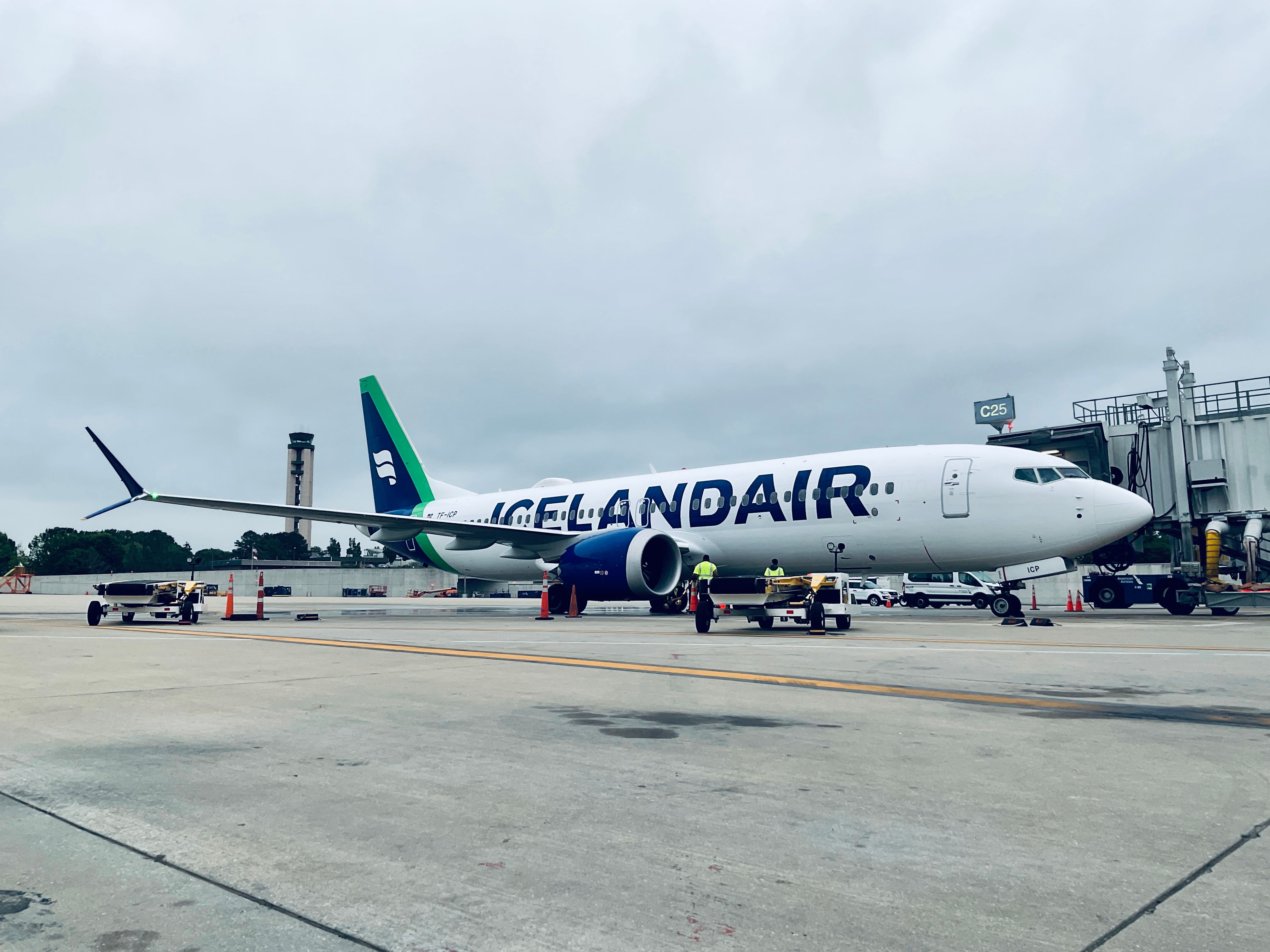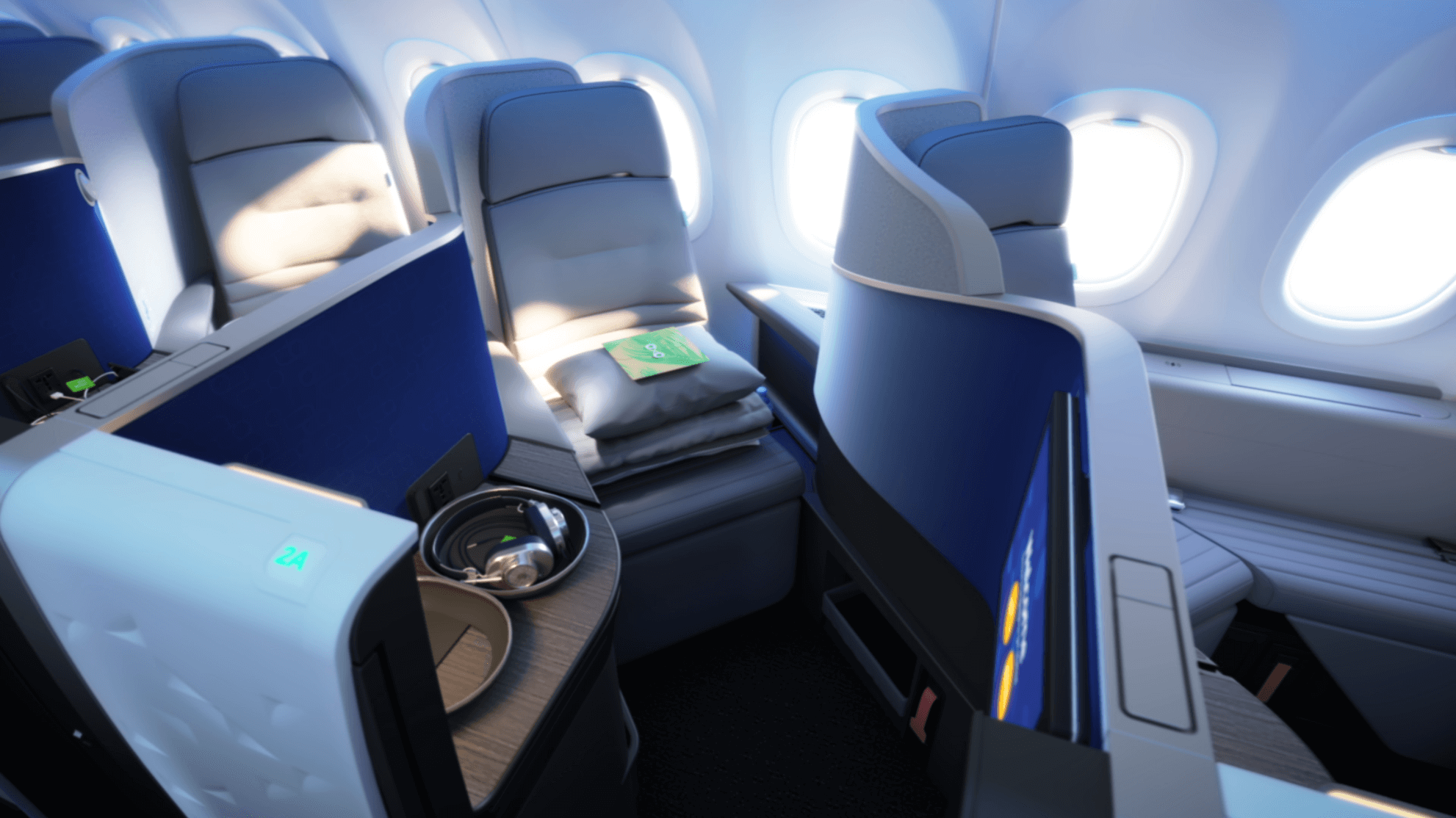Launched in 2019, the upcoming A321XLR from European aerospace manufacturer Airbus is a real gamechanger for the aviation industry. With a range of 4,700 NM and 30% lower fuel burn per seat than previous-generation aircraft, it will expand the possibilities of the narrowbody for airlines and bring in a new era for passengers. Seldom has there been so much anticipation ahead of the introduction of a new variant of a previously existing model. And indeed, there are many exciting things worth knowing about this new aircraft. Here are some of the most significant to get you started.
1. It is a narrowbody with an incredible range
The Airbus A321XLR is a single-aisle, narrowbody aircraft with a typical two-class capacity of between 180 and 200 passengers. However, it pushes the range to the highest of any narrowbody ever – up of 8,700 kilometers or 4,700 NM, beating its already-flying sibling, the Airbus A321LR, by 1,600 kilometers, or 700 NM.
To put this into context, the standard A321neo variant, launched in 2010 and entering service with Lufthansa in 2016, has a range of just under 6,000 kilometers or 3,240 NM. Meanwhile, the Boeing 737 MAX 8 reaches 6,570 kilometers or about 3,548 NM. Of course, it is still a long way behind its much larger widebody relatives. For instance, the Airbus A350-900 offers a range of up to 15,000 kilometers or 8,100 NM. However, it is more than enough to make a big difference to narrowbody options.
2. It is now expected to enter service in 2024 - one year later than planned
Most aircraft projects suffer some delay before the finished products reach their airline customers. Originally, Airbus had planned for the first A321XLR to enter service in 2023. However, the latest news out of Toulouse is that it has now been pushed back to 2024, as the manufacturer and EASA sort out some fuel tank concerns.
Additional structural work on the aircraft's extra fuel tanks - the ones that provide them with all that range, might delay the program anywhere between six months to a year, according to the latest estimates. While there had been suspicions this would be the case for some time, Airbus confirmed the delay at the beginning of May this year, stating,
"On the A321XLR, the Company continues to work towards a first flight by the end of Q2 2022. Initially planned for the end of 2023, the entry-into-service is now expected to take place in early 2024 in order to meet certification requirements."
Meanwhile, full-scale mockups of some parts of assembly were already in place by April 2021. Component assembly of the highly anticipated model will take place at various Airbus facilities across the UK, Germany, and France.
The very first example rolled out from the paintshop in Hamburg at the beginning of May, to the joy of commentators on Airbus' video of the event.
3. Opens up longer routes to lower capacity aircraft
This is the main reason why there has been so much excitement over the A321XLR - it offers entirely new possibilities for efficient narrowbody flying.
The type has seen several large orders from US carriers, and they will have many options for routes - transatlantic as well as within the Americas. JetBlue will use it for its New York to London flights, but other European cities might also end up on the A321XLR network. On the transcontinental route map, Hawaii and Alaska services are also possible, as are routes to much of South America - including destinations such as Santiago or Buenos Aires from the Southern US.
European operators will be able to reach the Middle East and Indian destinations. And from the Middle East, much of Europe, Asia, and Africa will become single-aisle possibilities. Air Arabia has an order for 20 aircraft, and Wizz Air plans to deploy its A321XLRs (of which it has 47 on order) from Abu Dhabi.
In Asia, transpacific routes are possible too. From Tokyo, the A321XLR could reach Vancouver, Seattle, or San Francisco. But internal Pacific routes are more likely – from Tokyo, it could fly to India, Indonesia, and Australia, as well as all of China.
4. It is part of the A320 family and based on the A321neo
The A321XLR is not a new clean-sheet design (like, for instance, the A350XWB). It is the next development stemming from the long-running Airbus A320 family. One of the most significant consequences is that this offers commonality for its operators. Airbus has continually adapted and upgraded the A320 since its launch in 1988, just as Boeing has done with its 737 family of single-aisle aircraft.
The neo (new engine option) was the first major upgrade, adding new engines and aerodynamic improvements while maintaining commonality. As previously stated, the A320neo entered revenue service with German flag carrier Lufthansa six years ago. Put together, all the neo variants of the A320 family (A319neo, A320neo, and A321neo) have received orders for 8078 units.
Further improvements have since followed within the A321neo family. The A321LR was launched in 2015, with additional fuel tanks increasing the range to 7,400 kilometers. This is already capable of transatlantic routes and is currently the machine of choice for JetBlue for transatlantic services to London, featuring an exciting new Mint business class cabin.
The main current A321LR operators include TAP Air Portugal, Arkia (launch customer), Aer Lingus, Air Astana, and Air Transat. SAS received its first in the fall of last year. Air Arabia, La Compagnie, Titan Airways, Viva Aerobus, Air Azores Air Busna, Gulf Air, and Ural Airlines also all have small fleets of one or two aircraft.
The A321XLR will take the neo capabilities even further, with larger additional fuel tanks and strengthened landing gear to support the extra weight.
5. It most likely makes a great post-COVID-19 choice for airlines
The A321LR and A321XLR have been popular since their launch. But as we emerge from the pandemic, it is likely that lower capacity, high-range aircraft will be the preferred option for many airlines. The ability to operate point-to-point flights with fewer seats may come to serve airlines well. However, as demand comes surging back after two years of suppression, carriers might begin to wish they hadn't let go of those wideboy orders so soon, as even the A380 is making a comeback with airlines who had sworn off it.
6. It already has over 450 orders from over 20 airlines
The A321XLR was launched at the Paris Airshow in 2019, and by the end of February 2022, Airbus had amassed 515 orders from 25 customers for the type. It is worth noting that these were not all new aircraft orders. Many airlines have also switched existing A320neo family orders to the new A321XLR model.
One of the latest carriers to confirm an order was Air Canada, adding six to an additional 20 it is acquiring through lessors for a future fleet of 26 A321XLRs. Commenting on the announcement which took place, Michael Rousseau, President and Chief Executive Officer of Air Canada, stated,
“Air Canada is committed to further strengthen its market-leading position, especially through investments in new technology. The acquisition of the state-of-the-art Airbus A321XLR is an important element of this strategy and will drive our core priorities of elevating the customer experience, advancing our environmental goals, network expansion and increasing our overall cost efficiency. This order also shows that Air Canada is emerging strongly from the pandemic and is ideally positioned to grow, compete and thrive in a reshaped global aviation industry”
US airlines (American Airlines, United Airlines, Frontier, and JetBlue) have the overall most substantial orders, although interest is spread globally. For instance, there has been plenty of interest in the Middle East, with its promising location for the A321XLR range. Air Arabia has the most significant order for 20 aircraft, but there are orders from Flynas and Lebanon’s Middle East Airlines.
7. IndiGo will operate the largest fleet
As confirmed in a recent earnings call, India's all-Airbus low-cost giant IndiGo will, for the moment, be the largest operator of this aircraft. Placed as part of a 300 plane order in 2019, the airline originally planned for around 37 of the type. However, recent figures have revealed a much larger fleet, totaling 69 in all, are destined for the Indian airline.
Both American Airlines and United Airlines have orders for 50 A321XLR aircraft. For American Airlines, 30 of these orders were conversions from existing A321neo orders, and 20 were new orders.
Both carriers have long operated Boeing 757 fleets, and the A321XLR will to some extent, act as replacements here. We are likely to see the A321XLR operating the same type of lower capacity international routes that the 757 picked up. For United Airlines, this will likely mean a focus on transatlantic routes from the carrier's hubs at New York Newark, and Washington Dulles. American Airlines will probably also operate the type on transatlantic as well as South American routes.
8. It has additional fuel tanks
The extra range of the A321XLR is achieved with additional fuel tank storage. The A321LR also achieved this with several additional center tanks, but the A321XLR goes much further with a newly designed rear center tank (or RCT). The RCT sits behind the main landing gear bay and can hold up to 12,900 liters of fuel. This provides the aircraft with a total capacity of an astonishing 40,000 liters.
German aerospace manufacturer Premium Aerotec builds the tank, and the first was completed in May 2021. The design maximizes the use of the lower fuselage but still allows capacity for cargo and baggage. As previously mentioned, EASA and the FAA have raised concerns about the fire safety of the design, causing delays to the program.
Another crucial re-designed component is the center wing box. To support the weight added from the fuel tank and its fuel lines, it has required over 200 modifications. Airbus completed the first box in April 2021.
9. Boeing does not yet offer a competitor – but it likely will
Several airlines are using the A321XLR as a replacement for the Boeing 757. This occupied a niche area in medium capacity, longer-range routes. There have been discussions since 2015 about Boeing developing a new aircraft, seen as a replacement for the 757 but most likely a widebody aircraft. However, this so-called New Midsize Aircraft (NMA), also dubbed the 797, was never officially launched, and Boeing dropped the project in January 2020.
Several factors led to the cancellation. Boeing had ongoing issues with the 737 MAX, which drew both finances and time away from other projects. And the A321XLR itself played a part - with Airbus launching this before Boeing confirmed any NMA plans, it snagged potential Boeing orders away from its American competitor.
Boeing is left with a gap between the top end offered by the 737 MAX and the smallest 787. It is, of course, quite likely it will develop a new option in this market to compete with the A321XLR. But it is not yet clear what that could be, with current CEO Dave Calhoun explaining that he wanted to understand both narrowbody and widebody options.
We could see a new narrowbody built on the success of the 737 MAX but with a new design. A re-engined update to the is also 757 or 767, and both have been rumored before (as a 757 MAX or a 767X). Or we could see a return to the originally proposed smaller 787-3 (disregarding Boeing's current woes with the Dreamliner overall).
10. Crew and passengers will miss the space
We will end with an unfortunate but realistic consequence of long-haul narrowbody flying. The A321XLR cannot offer the same space or cabin facilities that larger widebodies do. The extra space on the largest aircraft has seen the introduction of lounges, and even showers for premium classes. We won't see any of those luxuries on the A321XLR.
And even if you do not miss an open bar where you can hang out and chat with other travelers than your neighbor, more simple and commonplace things such as less space in the galleys and by the lavatories, will start to become very noticeable on longer flights.
Some airlines may still install very good premium class products, especially if they intend to market flagship, or particularly long, routes. American Airlines and United Airlines have not confirmed cabins yet, but American has hinted that business class would feature lie-flat seats. And JetBlue will likely offer its Mint business class, as it is with the A321LR. STELIA Aerospace is also designing another new version of narrowbody business seating.
Cabin crew, though, will most likely notice the lack of space the most. Most widebodies have dedicated crew rest areas with sleeping space (such as this one on the A380), but this will be far from possible on narrowbody long-haul jaunts.
Both the FAA and EASA have regulations for crew rests. But for the flight lengths for the A321XLR, airlines can most likely avoid this. We may see blocked seats on longer flights, but not much more.
The A321XLR could change a lot about how we currently fly. Are you looking forward to the new possibilities, or are you team widebody when it comes to longer flights? Please share your thoughts about this and the broader opportunities and adoption of the A321XLR in the comments.

